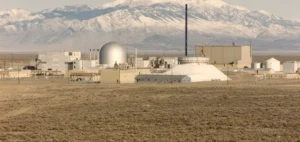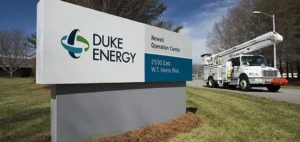Norwegian company Trondheimsleia Kjernekraft AS and South Korean utility Korea Hydro & Nuclear Power are joining forces for a feasibility study on the deployment of several i-SMR modular nuclear reactors in the Aure and Heim region. This partnership aims to analyse the technical, regulatory and environmental requirements related to the installation of these production units developed by Korea Hydro & Nuclear Power. The project is financially supported by Korea Export-Import Bank, selected under its international feasibility study programme.
New generation of modular nuclear power
The i-SMR reactor is an integrated pressurised water nuclear plant, delivering a power output of 170 MW. Its design, currently being finalised, aims to obtain standard design approval within three years. According to Korea Hydro & Nuclear Power, the i-SMR would require one-third of the investment needed for a conventional plant and could be built in half the time. The choice of this technology comes as Norway seeks to diversify its energy mix and strengthen energy security for local industries.
Trondheimsleia Kjernekraft AS, established in April, brings together the municipalities of Aure and Heim, local utility NEAS and nuclear project developer Norsk Kjernekraft. Their aim is to design a plant bringing together several small modular reactors to create a regional energy surplus. A memorandum of understanding was signed in January between Korea Hydro & Nuclear Power and Norsk Kjernekraft to facilitate information sharing and the analysis of potential sites.
Industrial and regional development outlook
Local officials in Aure and Heim state that cooperation with an international player aims to stimulate the regional economy and secure energy supply for energy-intensive businesses. The involvement of Korea Export-Import Bank is a first for an i-SMR project, strengthening the international scope of the initiative.
Norsk Kjernekraft has set itself the goal of building, operating and owning SMR plants in Norway, in partnership with major industrial groups. The company plans to submit licence application files in accordance with national regulations and international standards. The planning relies on the milestone approach recommended by the International Atomic Energy Agency, with a focus on creating value from the very start of the project.
A pilot project in the Norwegian landscape
The Taftøy industrial area, on the border between Aure and Heim, is among the four locations selected by Norsk Kjernekraft for the installation of a modular nuclear plant. The project plans for a total capacity of up to 1500 MW electric if all planned units are realised. Several Norwegian government agencies have been tasked with developing an environmental impact assessment programme for this project, marking a new stage for the development of civil nuclear power in Norway.






















